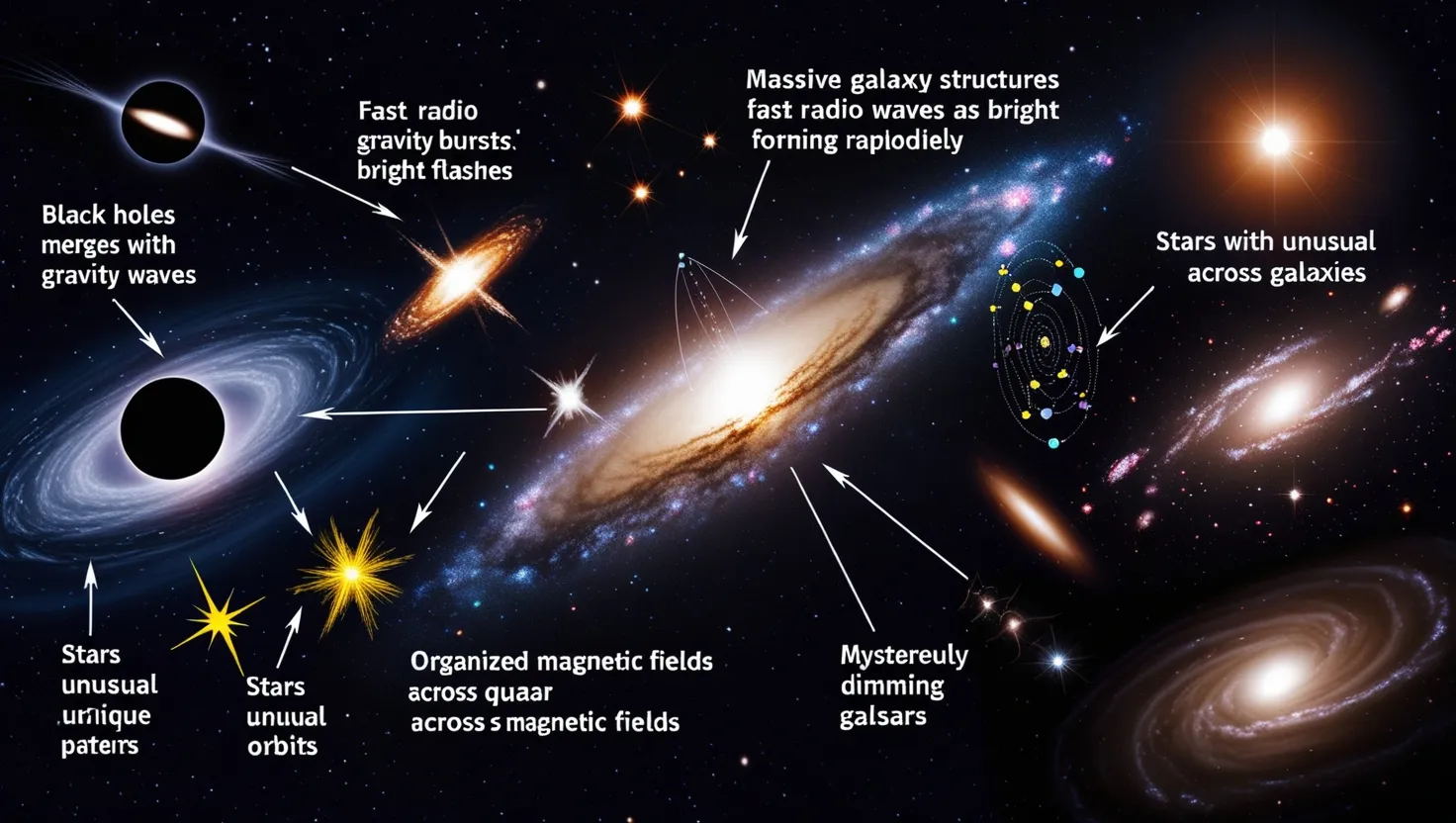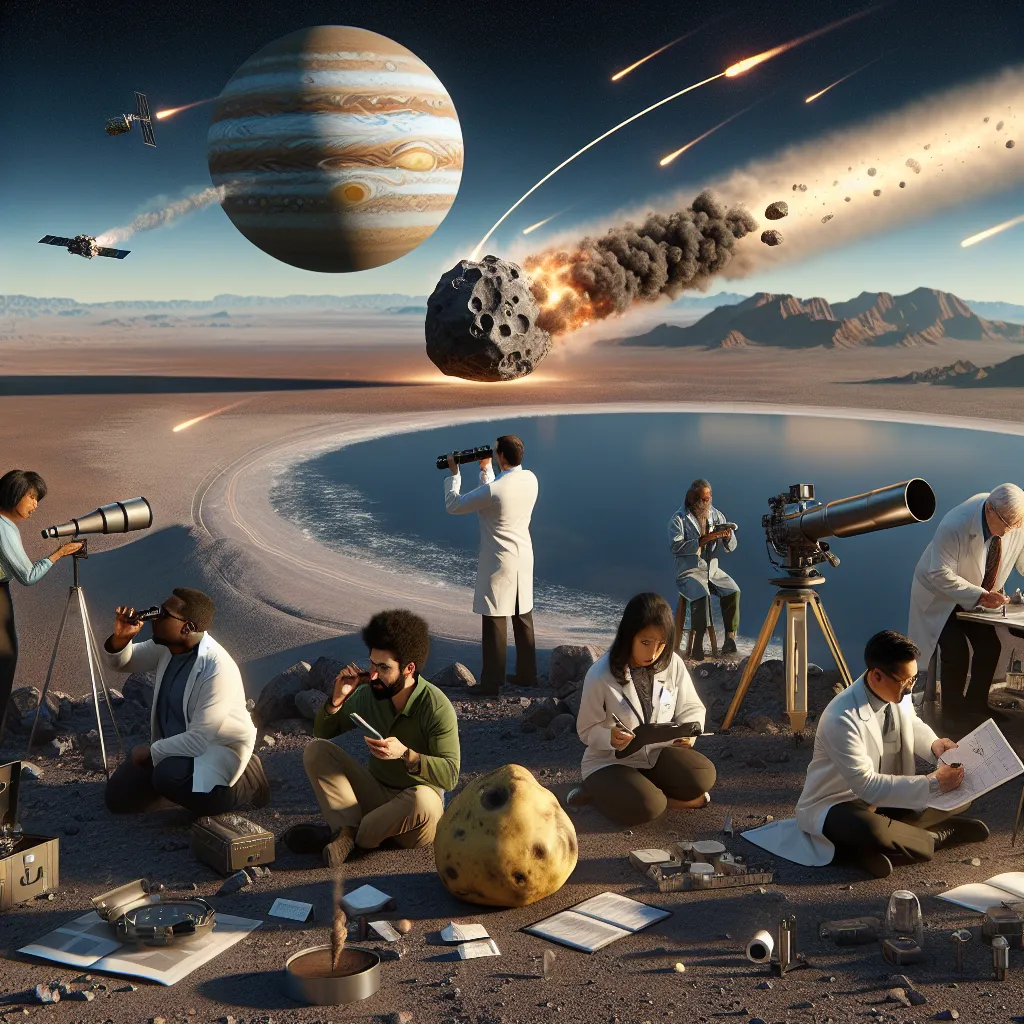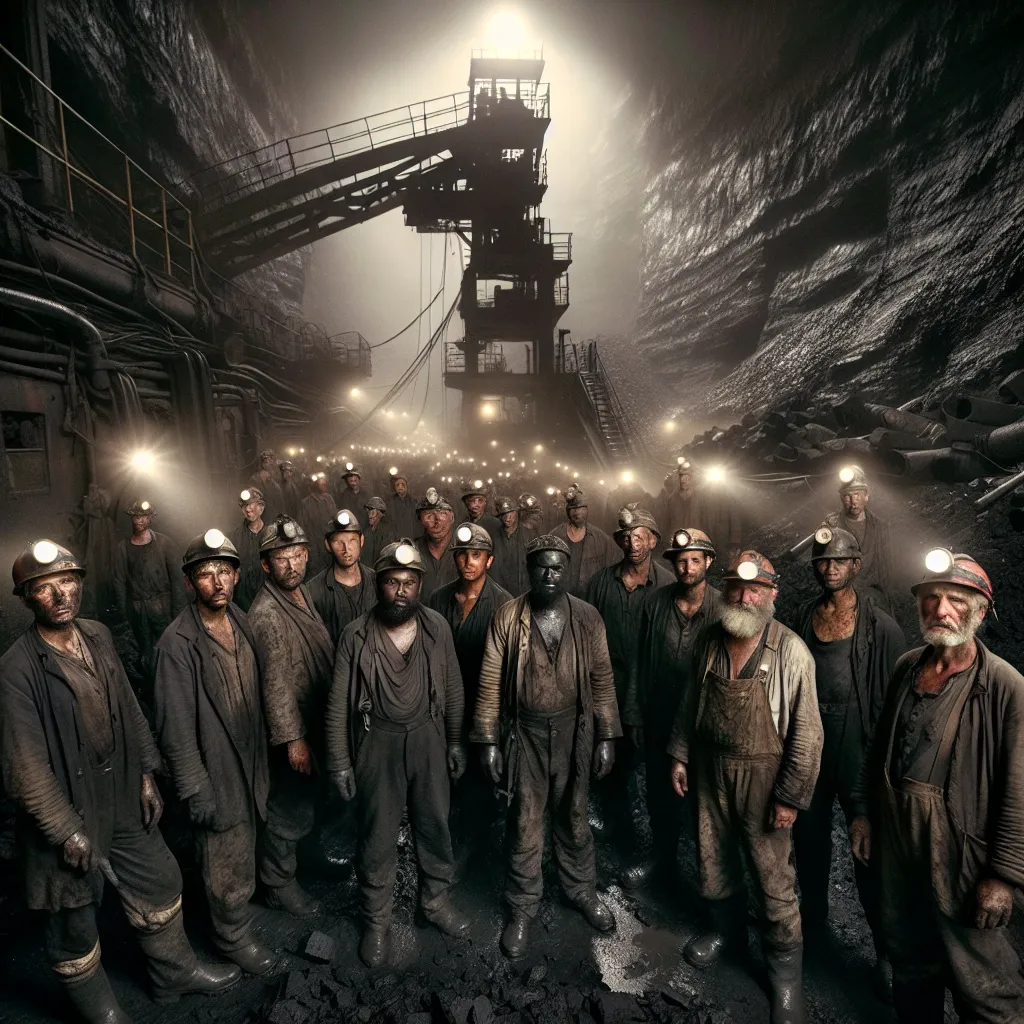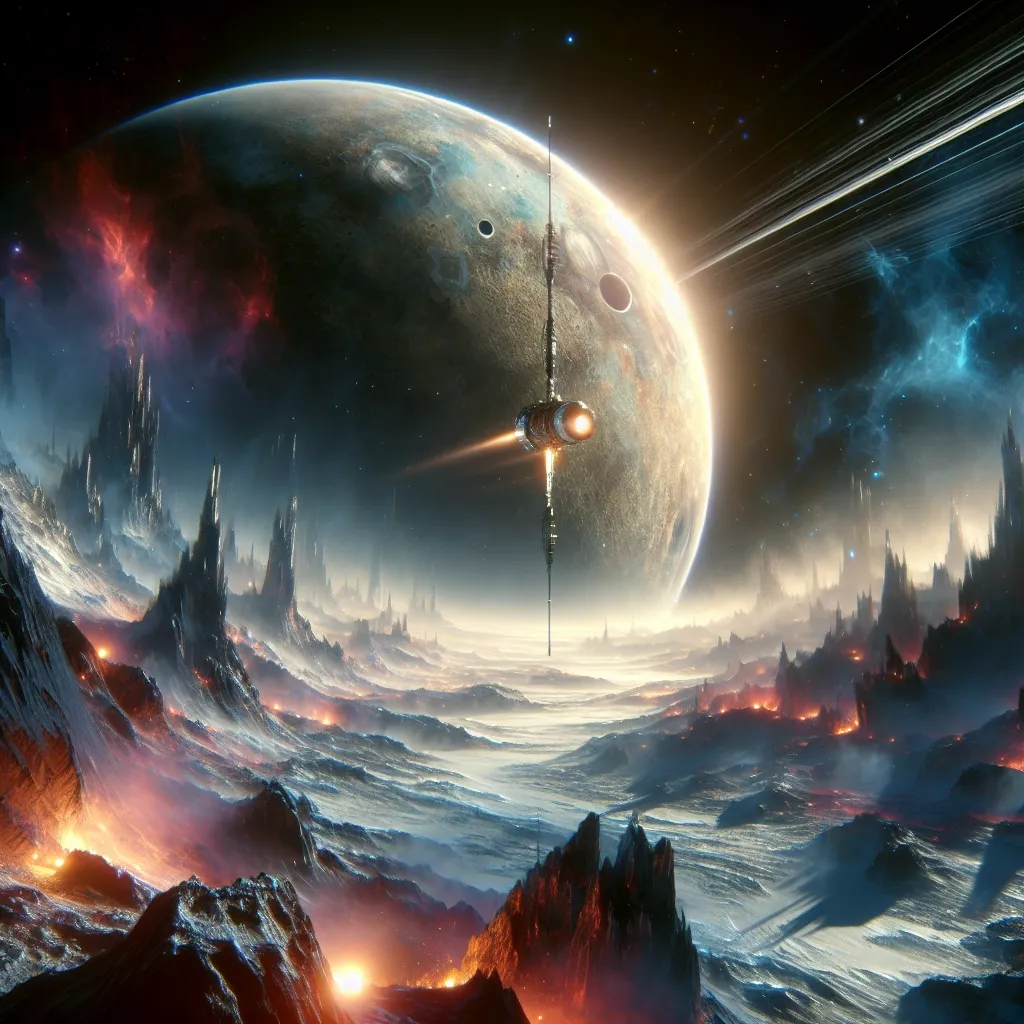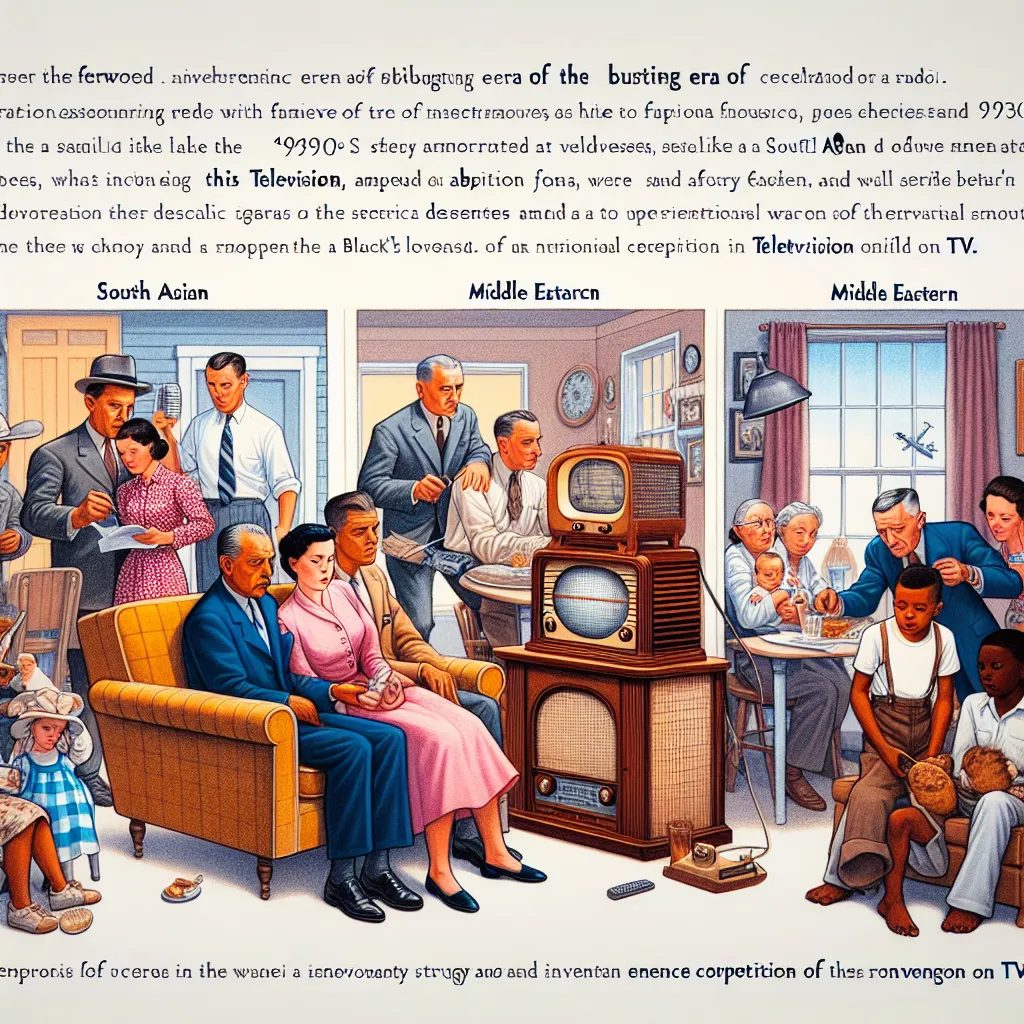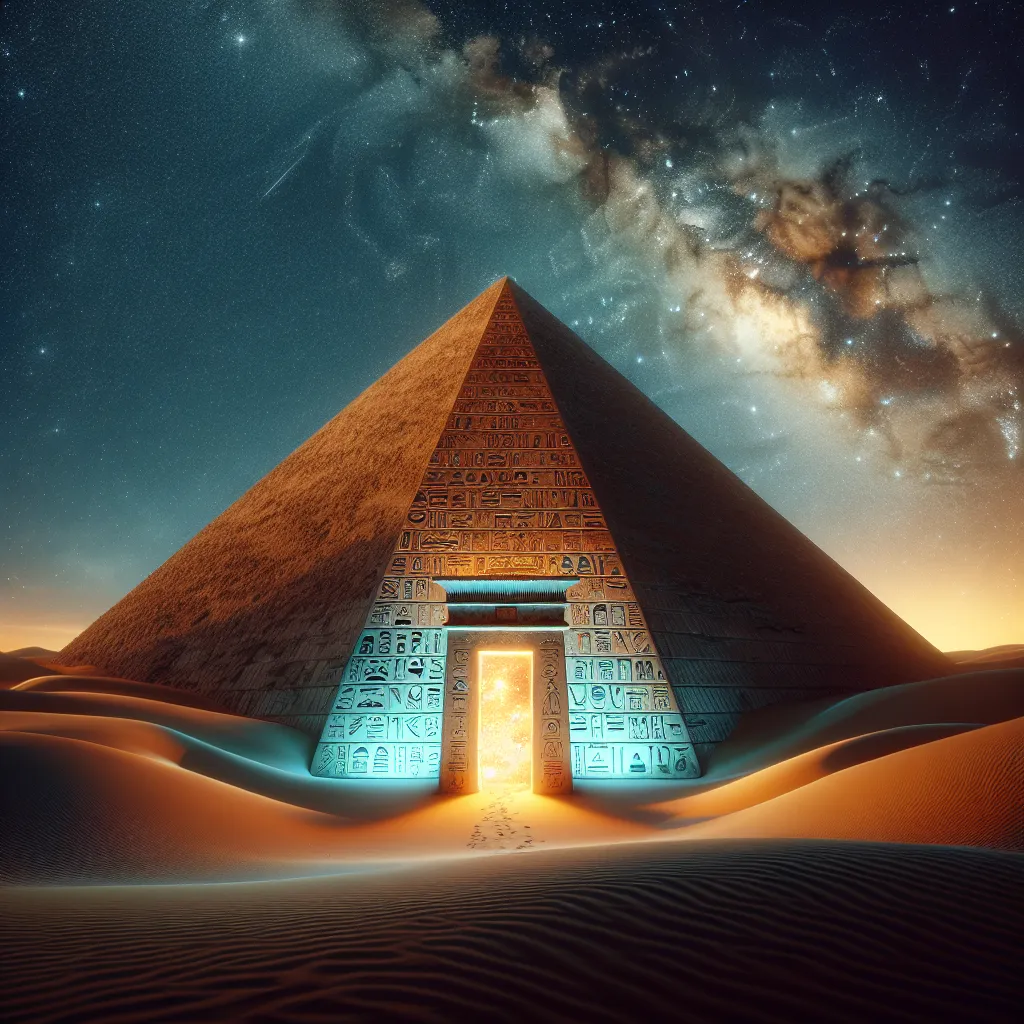As I delve into the vast expanse of the universe, it’s clear that hidden within its immense complexity are astronomical events that challenge the very foundations of our understanding of physics. These occurrences not only astound but also provoke deeper questions and compel us to thoroughly reevaluate our current models. While many may think of the cosmos as predictable, it often displays an uncanny and chaotic nature. Here, I invite you to join me in exploring eight particularly enigmatic astronomical events that are making waves in the field, igniting the imaginations of scientists and enthusiasts alike.
One of the most captivating phenomena to surface in recent years is the repeating fast radio bursts (FRBs). These brief radio emissions, initially perceived as mysterious blips, have begun to reveal patterns that some experts believe allude to intelligent design rather than simply being a byproduct of natural phenomena. As we witness an increase in these repeating events, I can’t help but ponder: could we be on the brink of uncovering something more profound? The latest discoveries indicate that not all FRBs behave the same way, with some exhibiting patterns suggesting a possible intent. Imagine if these signals are not merely random bursts, but intentional communications from extraterrestrial civilizations. “You can’t see me,” said renowned physicist Stephen Hawking, “but I’m always here.”
Transitioning to the enigmatic realm of black holes, we must confront the astonishing reality of black hole mergers producing gravitational waves with strengths that exceed predictions made by general relativity. Such events challenge the very principles that have long served as the bedrock of modern physics. In mere fractions of a second, merging black holes can produce waves so powerful that they ripple through the fabric of spacetime itself. This overt defiance invites us to question whether our understanding of gravity is complete. What if we are merely scratching the surface of a more intricate cosmic symphony of forces currently beyond our comprehension? Physicist Albert Einstein famously stated, “Gravitation is not responsible for people falling in love,” but perhaps it is responsible for a whole lot more.
Then we have the gamma-ray bursts—extraordinarily intense outpourings of energy observed across the universe—that have displayed energy signatures surpassing theoretical limits. These brief bursts of radiation are thought to be caused by the collapse of massive stars or the merger of neutron stars. However, when their energy signatures exceed expected thresholds, a disquieting thought arises: are we misunderstanding the energy transfer processes that govern such cataclysmic events? Such moments compel us to ask ourselves whether we’ve underestimated the capabilities of these cosmic explosions. “To confine our attention to terrestrial matters would be to limit the human spirit,” warned author Stephen Hawking. Perhaps expanding our inquiries will help us unlock the secrets of cosmic energy.
Massive cosmic structures also present a fascinating challenge to our understanding of the universe. Observations suggest that these structures are forming at a pace that defies established formation models from the Big Bang. They arise when gas and dark matter coalesce, leading to the birth of galaxies and clusters. If these formations are indeed happening too quickly, then what does that mean for our assumptions about cosmic evolution? Are there forces at play that are propelling growth beyond the speed we’ve predicted? Physicist Niels Bohr once remarked, “An expert is a man who has made all the mistakes which can be made in a very narrow field.” It appears that even experts are often confronted with cosmic misapprehensions.
Moreover, the orbits of some stars suggest interactions with invisible mass concentrations that go beyond the standard dark matter model. These orbital patterns flag the possibility that there are non-visible forces or materials present that evade our current detection methods. If dark matter is supposed to act as a unique gravitational tether, what are these unseen mass concentrations? Additionally, could there be other forms of matter or energy that challenge our current frameworks? Quantum physicist David Bohm urged us to “think about the nature of the movement of physical things.” Perhaps we need to think differently about what we observe.
Consider the structure of galactic magnetic fields. They are not just random but show a level of large-scale organization and alignment across vast distances that is still not fully understood. This poses the question: might these magnetic fields have origins connected to undiscovered cosmic phenomena or interactions? Why do we see this kind of alignment, and could it hold the key to unlocking further mysteries of the universe? Cosmologist Brian Greene said, “Science is not a subject that you can understand vaguely. It’s a subject that you have to grasp precisely.” These enigmatic alignments suggest a cooperation among cosmic forces that might fundamentally transform our understanding of galactic interactions.
Another tantalizing concept lies in the light polarization patterns of quasars, which suggest that fundamental constants may be varying across space and time. This possibility is nothing short of revolutionary; if true, it could mean that the very fabric of physical law is not as fixed as previously assumed. What implications would this have for our understanding of the universe? Could we be on the brink of discovering new realms of physics? Physicist Richard Feynman expressed, “The universe is under no obligation to make sense to you.” Perhaps it’s time we examine our perspectives on perceived cosmic certainty.
Finally, the peculiar events of stellar dimming with spectroscopic signatures that defy known natural processes are beckoning our attention. Instances where stars inexplicably dim can lead us down various speculative paths, including the presence of massive structures orbiting these stars, or even the remnants of ancient conditions that we have yet to comprehend. These remarkable observations compel us to keep our eyes open to the potential of new cosmic realities. Perhaps famously enigmatic author J.K. Rowling put it best: “It is our choices, far more than our abilities, that show what we truly are.” The choices we make in pursuing these unexplained phenomena might illuminate our paths to future discoveries.
The journey through these complex and often confounding astronomical events reflects the dynamic nature of astrophysics. Our theories evolve as we gather more observational data, sometimes in ways that resolve age-old debates or open new avenues of inquiry. The universe speaks, albeit in riddles, and it is through our commitment to inquiry that we will continue to create a more nuanced narrative of the cosmos. Stretched between fantastical possibility and a stubborn materialism, we stand at the cusp of greater understanding—our questions driving us deeper into exploration. So I ask you, as we ponder these mysteries: How willing are you to challenge your own understanding of the universe? Would you join me in the exploration for clarity amid chaos?
